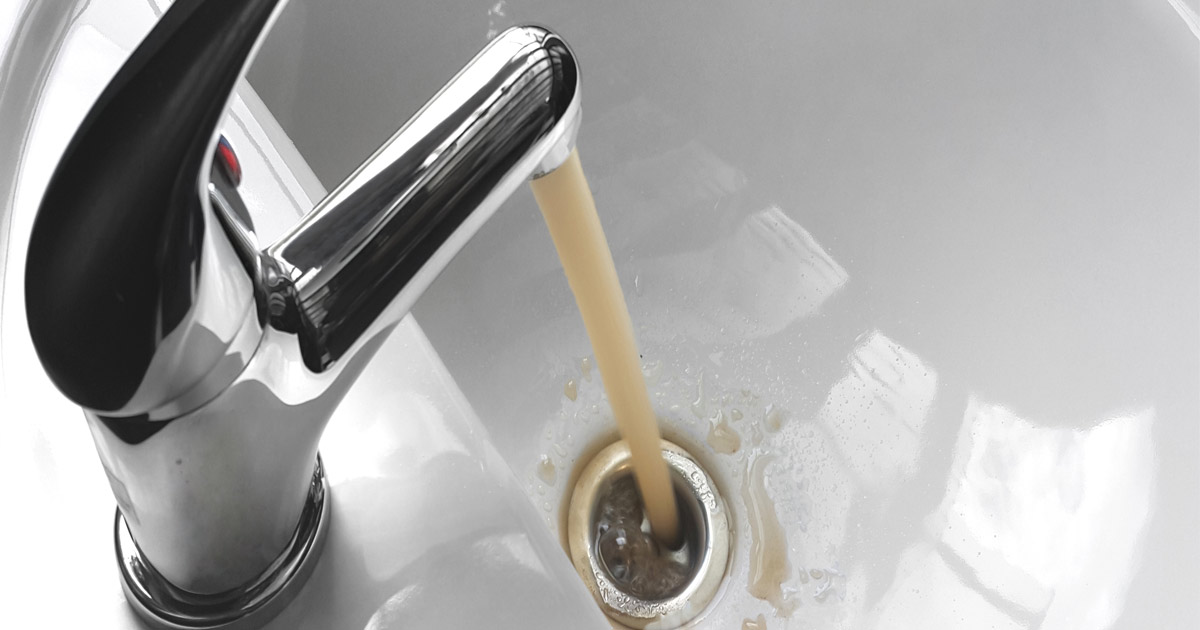MENU
- Home
- Overview
- Attorneys
- Practice Areas
- Firm News
- Blog
- Contact

Water is vital, and many people assume that all water sources are safe; however, even tap water can have contaminants. Water contamination is a major concern for any family, and it is almost impossible to detect without proper analysis. For this reason, it is important to learn how water becomes contaminated and how it affects a household.
Many households in the northeast section of the United States receive their water from either underwater wells or local reservoirs. Although there are Environmental Protection Agency (EPA) regulations imposed on community water sources, such as routine testing and filtration systems, other pollutants can still make their way to households. In fact, federal agencies find that certain contaminants can be found in a water supply and still be deemed safe and legal if there are minimal amounts.
Although there are federal regulations, water supplies can still be unsafe. Long-term exposure to contaminated water leads to dangerous health issues, such as cancer or neurological damage. The pollutants can reach a home’s water supply by several sources, such as agricultural runoff, nearby construction, deteriorating pipes, and faulty filtration systems.
Some contaminants that can poison a home’s water supply include:
Heavy Metals: Heavy metals include iron, cadmium, lead, mercury, arsenic, copper, and zinc. If consumed in heavy doses, these metals can lead to serious illnesses or death. They can seep into water supplies naturally because they are organic, but they can also come from deteriorating pipes or unfiltered systems.
Viruses and Diseases: Bacteria can lead to diseases, and it is not out of the ordinary that bacteria is found in water supplies. Unfiltered water can certainly be a source of disease if routine water quality checks are not performed.
Asbestos: Asbestos is a substance once used in older construction and has been known to find its way into pipes and through ground water.
There are countless other contaminants that have been found in water supplies, and it is important to have a home’s water checked regularly. A homeowner should send a water sample to a lab and have it analyzed. Also, a kit can be purchased so that water can be tested at home.
Some signs of water contamination include:
Depending on the source of contamination, a victim might be able to pursue a lawsuit if they become sick. If one suspects their illness is caused by a contaminated water source, they should contact a lawyer.
Every family depends on safe water supplies. If you believe your water source is contaminated, speak to one of our Delaware environmental lawyers at Jacobs & Crumplar, P.A. today. Call us at 302-656-5445 or complete our online form for a free consultation. Located in Wilmington and Millsboro, Delaware, we serve clients throughout Dover, New Castle County, and Sussex County.